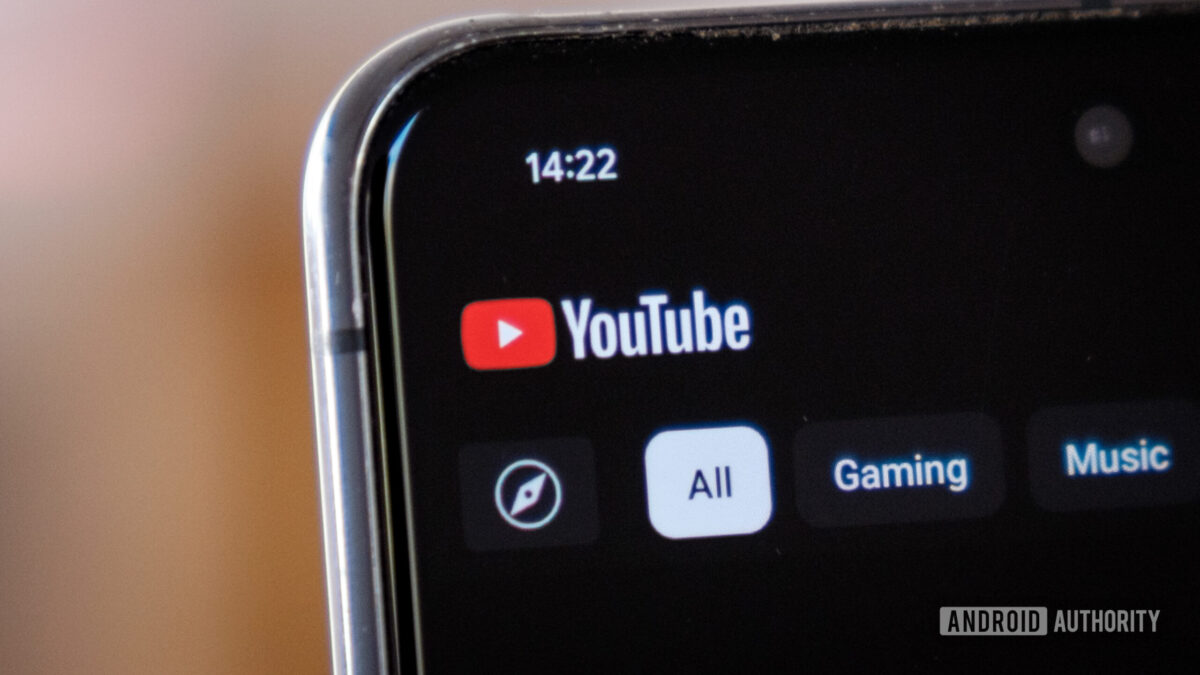The highest range mobiles make good photographs, that is undeniable. As it is also undeniable that the defendant is increasingly aggressive and, with him, he ends up dying naturalness in the photographs. But not everything is software, our camera sensor largely determines how aggressive they need to be (or not) those computational decisions of the phone.
That is why an inch sensors have been demonstrating a simply brutal muscle. Xiaomi has cited us on March 2 to know his Xiaomi 15 Ultra, his photographic flagship.
The company itself has given some brushstrokes about how the camera of this beast will be, revealing that it will repeat with the sensor configuration of an inch. This movement, although not new, is one of Xiaomi’s differential factors in the market.

Although the camera sensors have been with us for more than four years, they have failed to be a standard in the highest range. Or, at least, in which it is sold in Europe, since some of the best Chinese phones with gigantic sensors are not sold in our territory.
- Samsung Galaxy S25 Ultra: 1/1.3″.
- iPhone 16 Pro Max: 1/1.28″
- Vivo X200 Pro: 1/1.28 “
- Realme GT6: 1/1.4″
- Sony Xperia 1 VI: 1/1.7 “
- Honor Magic7 Pro: 1/1.3″
- OPPO Find X7 Pro: 1/1.4″
- Xiaomi 14 Ultra: 1″
It’s curious. We have been talking about an inch sensors for years, but there is only a high range among the great manufacturers that bets on this type of sensor.
An inch sensor on a mobile phone offers significant advantages in the quality of the photos and videos, mainly due to its larger size compared to the smallest sensors that are usually integrated into smartphones.
One of its keys is the best light collection, since A larger sensor has a larger surface to capture light, which translates into images with somewhat less noise in low lighting conditions. This is key, at a time when manufacturers are obsessed with their noise reduction algorithms.
They are also sensors with greater depth of field (an older and better natural bokeh, so that we understand each other), and that at the technical level, allow to obtain more detail. They are little if they are not worked but, well used, these sensors are a before and after (especially in RAW shots).
The problem? Introducing an inch sensors is more expensive, it requires more space in the telephone body, and complex optical development to take advantage of its potential. An investment of resources to which all manufacturers are not willing.
Image | Xiaomi
In WorldOfSoftware | Mobile cameras will not improve as much as the sensor size increases. There is a very clear responsible












